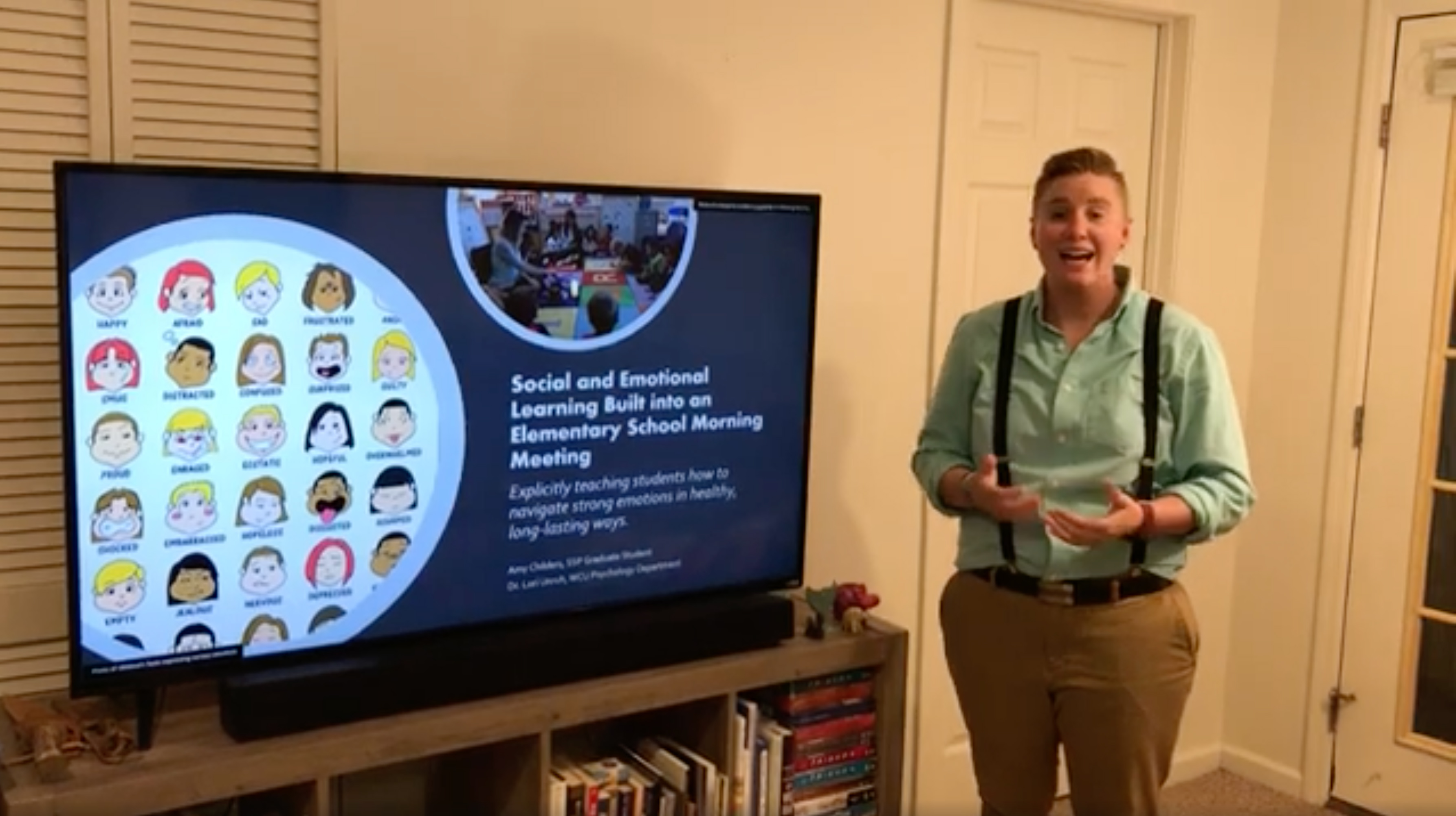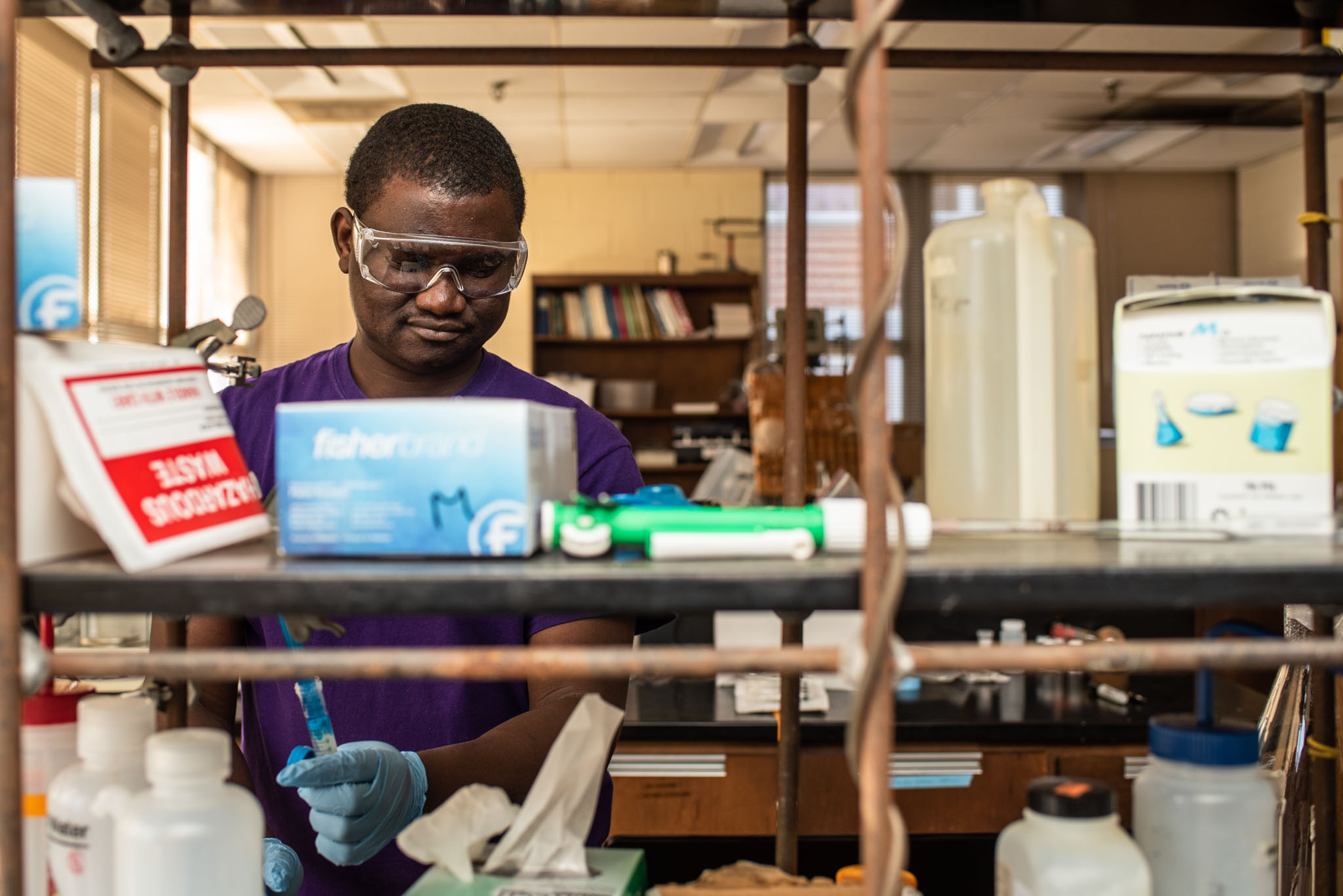A Call for Empathy: Understanding the Neurobiology of Stigma of Addiction
The American people have historically used substances for reasons ranging from celebration to coping to survival.[1] The current societal focus on the opioid epidemic has brought significant attention to addictive disorders in the United States.[2] A report by the Centers for Disease Control and Prevention stated that 63,000 individuals died from drug overdose in 2016.[3] One year later, the National Institute on Drug Abuse (NIDA) reported 70,237 deaths in the United States caused by drug poisoning.[4] This is an increase of 7,237 deaths in one year. The NIDA report further found that of those deaths, 47,600 or 68.7% were caused specifically by opioids. The United States is under attack through the dispensing and consumption of licit and illicit substances. Though it is easy to look at this as a national problem outside of our reach, addiction is having an impact in our own state.
A 2019 report by NIDA stated that in 2017 North Carolina experienced opioid-related deaths at a rate of 19.8 deaths per 100,000 persons, an increase from 7.4 in 2010.[5] Additionally, North Carolina has the second-highest opioid death rate in the United States.[6] The North Carolina Division of Health and Human Services (NCDHHS) reported that one in twenty North Carolina residents are living with an opioid-use disorder. Attempts to crack down on opioid use have been successful in decreasing access to opioids but have not addressed the root of the problem. For example, the STOP Act limits the quantity of opioids prescribers can prescribe.[7] The unintended consequence of not addressing the root problem of addiction has caused an increase in the acquisition and consumption of illicit substances, most specifically methamphetamines and synthetic opiates.[8]
The 2019 report by NIDA also noted an increase of deaths related to synthetic opiates from 116 to 1,235 between 2013 and 2017. The increase in addictive disorders, access to drugs, and lack of access to treatment or motivation to enter it are significantly impacting medical and behavioral health settings in our state.[9] The increase in individuals overdosing results in strain on first responders which include fire fighters, emergency medical care and law enforcement[10] is showing a heavy increase in PTSD diagnosis in these individuals. The system is also being strained financially due to these individuals being uninsured or underinsured. This brief explores the neurobiology of addiction, the ongoing argument over whether drug use is a choice or a brain disease, how stigma perpetuates use, and how this epidemic can be addressed at individual and community levels.
Understanding Drugs and the Brain
To understand the impact drugs have on the brain, it is vital to have a basic understanding of how the brain functions.[11] Each part of the brain plays a substantial role in the survival of humans. The intricacy and power of the brain and the impact it has on our ability to function constitute a significant part of why we need to look at addiction as a disease of the brain and not a moral failing. The functions of parts of the brain are specific to the parts’ location. For example, the amygdala is responsible for the perception of emotions and memory and our ability to control aggression. The brainstem coordinates eating, breathing, and sleeping. The cerebellum instructs the body on how to engage in skilled and repetitive movements and how to maintain balance and posture. When we look at the impact of addiction on the brain, our focus is on the brain’s reward system. The reward system encompasses the prefrontal cortex, the nucleus accumbens, and the ventral tegmental area. The reward system is constantly activated by simple things such as eating good food or engaging in sexual activity. The reward system is also activated when using alcohol or other drugs and engaging in behavioral activities such as gambling.
Very similar to the parts of the brain that control various functions of the body, the chemical messengers called neurotransmitters send messages that impact body functions. For example, when an individual’s fight-or-flight response is triggered, the body releases the neurotransmitter norepinephrine. If the body needs assistance with sleeping, reducing anxiety, or creating memories, the body releases the neurotransmitter GABA. One of the major players in the reward system and addiction is the neurotransmitter dopamine, often called the “feel-good chemical.”[12] This neurotransmitter is responsible for producing feelings of pleasure, motor control, and motivation. It is through neurotransmitters that our cells communicate with one another. The area between cells, where communication occurs, is called the synapse.
When a reward activates the ventral tegmental area, the reward system is activated as well. This system then activates the nucleus accumbens, which in turn activates the presynaptic cell, the area in front of the synapse. The presynaptic cell then releases a neurotransmitter into the synapse. Let’s say it releases the neurotransmitter dopamine. The dopamine enters the synapse looking for receptor cells in the postsynaptic cell, the area beyond the synapse. The dopamine then migrates to these receptor cells and connects with them. Other proteins then merge with the receptor cells on the opposite end. These proteins take the message and carry it to the rest of the body. For example, let’s say it’s our good friend Wesley’s birthday and he has been looking forward to a delicious chocolate cake. When he takes a bite of that cake, his ventral tegmental area is activated, followed by the reward system and then the nucleus accumbens. His brain wants the rest of his body to know that he is enjoying that cake, so dopamine is released from the presynaptic cell into the synapse. The dopamine makes its way across the synapse to the postsynaptic cell, where it connects with other proteins, which then tell the rest of his body just how good he feels from eating that cake. His brain then tells the body that he has plenty of dopamine in his system and begins to engage in a process called reuptake, in which the unused dopamine returns to the presynaptic cell via transporter cells.
You might be thinking, “What does this have to do with drugs? You can’t get high from eating cake.” The difference between eating cake and consuming an addictive substance is that when an addictive substance—for example, an opioid such as Oxycontin—enters the body, the presynaptic cells release dopamine into the synapse. As we discussed earlier, this is a completely normal response to the activation of the reward system. Unlike chocolate cake, the opioid blocks the transporter cells, which precludes the reuptake process. Since the reuptake process does not occur, the presynaptic cell does not know that the necessary level of dopamine has been released, so dopamine accumulates in the synapse. This is a trick on the brain thus causing the receptor cells to become hyperactivated, which causes euphoria. The brain then associates the feeling before using the substance with the feeling caused by using the substance, thus creating a new pathway for responding to that feeling. For example, if an individual was in emotional or physical pain before using a drug, then they would associate not feeling pain or feeling less pain with the use of the drug. The brain would then continue to remind the individual that they will feel less pain or no pain if they take the substance while also making them think they are actually feeling more pain. The activation of the reward center, the release of neurotransmitters like dopamine, and the communication from the brain to the rest of the body are typical processes that all individuals experience on a daily basis. The problem that comes with the use of alcohol and/or other drugs is that the new pathways that are created for dealing with physical and emotional pain become the go to for the brain. So, Wesley may greatly enjoy that chocolate cake and his entire body will know based on the communication occurring between the brain and the body. The chocolate cake, however, does not have the ability to block the transporter cells and it does not have the ability to preclude the reuptake process so a state of physiological high will not occur.
Brain Disease or Choice?
For years a controversy has raged over whether addiction is a brain disease or a choice. In 1967 the American Medical Association (AMA) identified alcoholism as a disease.[13] Twenty years later, the AMA amended its disease model of alcoholism by classifying all alcohol and other drug dependencies as diseases. Even with statements from the AMA and continued assessment of treatment modalities for addictive disorders, the argument continues.
The argument against addiction being a brain disease has several components. These include the idea that addiction is a moral failing and a choice of the individual.[14] The belief that it is a moral failure is rooted in the idea of choice but moves beyond that as it focuses on the individual’s failure as a human to not use drugs. This argument oftentimes describes individuals with addictive disorders as lazy, irresponsible, incapable, and selfish. It further contends that if the individual had not chosen to use the drug the first time or if they were to now choose not to use it, they would be able to get back on track. Often individuals dealing with addiction are chastised for the consequences of using substances—for example, losing their children or job or ruining their marriage. But who wakes up and decides they want to lose their children, ruin their marriage, or lose their job? Evidence against this argument is that brain scans show how the brain changes after the first use of alcohol or other drugs and continues to change over years of use.
The brain-disease side of the controversy emphasizes information previously presented to explain the changes in the brain.. Additionally, the impact of trauma on the brain and the correlation between pain and trauma and use of alcohol and other drugs are significant. There is a strong relationship between trauma, whether physical or emotional, and a person’s mechanisms for coping with substance use. Recall the impact of dopamine when it is released in the brain. An individual experiencing trauma might use a substance to cope with the trauma. This substance will cause the brain to release dopamine, which then makes the individual feel good, oftentimes locking the emotional response to the trauma in a closet in the brain. As the substance leaves the individual’s brain, the brain leads the person back to thinking about the trauma and also leads them to want to use alcohol or other drugs to relieve the pain associated with the trauma. It is a vicious cycle of pain and misdirected guidance from the brain. When placed in this light, it is difficult to see substance misuse as a moral failing.
Stigma Perpetuates Use
The lack of understanding of the process of addiction perpetuates stigma surrounding the misuse of alcohol or other drugs.[15] Societal responses to decrease the misuse of alcohol and/or other drugs are laden with shame and the belief that substance misuse is a moral failing of the individual. Beyond misconceptions and shaming, society often punishes individuals who misuse alcohol and/or other drugs rather than providing the support they need.
The STOP Act also did not create a plan for taper or continued opioid use if the individual is successfully engaging in long-term opioid therapy as prescribed.[16] Andrews and Mortensen (2017) looked at the utilization of long-term opioid therapy in the veteran population. They found that when patients tested positive for other drugs and met criteria for a substance use disorder, their long-term opioid therapy was disrupted. Given the reactive nature of approaches such as this and the STOP Act, they do not address the underlying issues and they remove support for the individual with the addictive disorder.[17]
The use of reactive and punitive measures to address substance misuse are based on the inadequate understanding of the neurobiology of addiction discussed above.[18] The responses and actions of individuals, families, community members, and society demonstrate a need to evaluate the impact of stigma that stems from beliefs and attitudes concerning addiction.
Where Do We Go from Here?
It is hard to find someone who has not been impacted by addiction in one way or another, whether that be one’s own use or that of family, friends, or members of the community. Though it is easy to create a picture of “that addicted person,” there is no mold of someone with an addictive disorder, and addiction has no boundaries. It is a disease that impacts all socioeconomic levels, all races and ethnicities, and all genders. It not only feeds on vulnerable populations, trauma, and emotional and physical pain, but also on success, confidence, and desire. Its mission in life is to ruin lives and communities, and it is currently doing a good job at that.
How do we stop the disease? We start with understanding how addiction works and how easily the brain is impacted by substance use. We must understand that there are three types of people: (1) those who use an opioid and decide that they don’t like how it makes them feel and are able to walk away, (2) those who use an opioid and report that it is the best feeling they have ever had and walk away, and (3) those who use the opioid and are twenty feet deep in addiction before they blink their eyes.[19] We must be empathetic and supportive and realize that people don’t wake up and make rational decisions to ruin their lives or the lives of others. Beyond all of this, we must not judge another individual based on our own experiences. The healing of our community begins with each of us changing how we look at addiction and individuals struggling with addictive disorders.

About the Author
Beth Young is an assistant professor in the Department of Social Work at Western Carolina University.
In partnership with the Jackson County Community Foundation’s opioid and addiction awareness campaign, WCU’s Center for the Study of Free Enterprise is hosting a town hall focused on the opioid addiction crisis Thursday, Oct. 3.
LEARN MORE ABOUT THE TOWN HALL
References
[1] Van Wormer and Davis, (2014).
[2] Miller and Mercer (2017).
[3] Geis (2018).
[4] NIH (2019).
[5] NIDA (2018).
[6] NCDHHS (2019).
[7] Tetrault and Petrakis (2017).
[8] NCDHHS (2019)
[9] Tetrault and Petrakis (2017).
[10] SAMHSA (2018)

